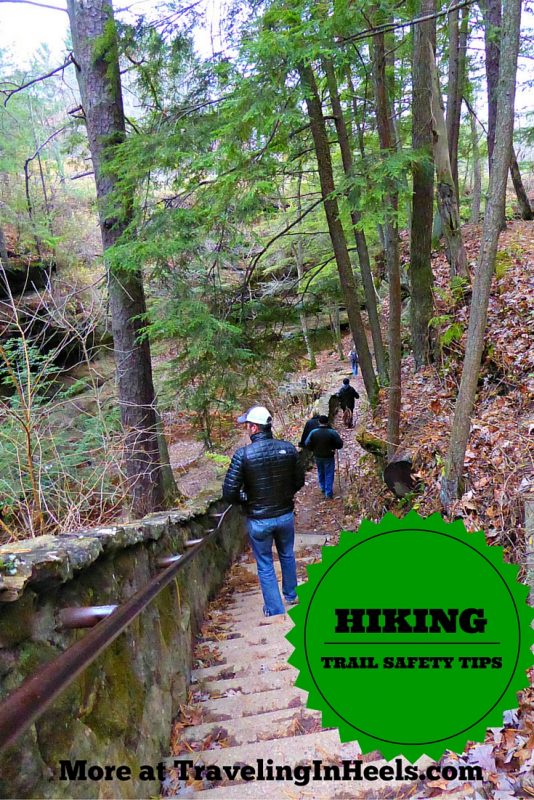To some, hiking is simply a stroll in a nearby, well-traveled neighborhood park. To others, hiking can be an all day, adrenalin-inducing, sweat-your-pants-off adventure. Whether on vacation or venturing near your home, consider these hiking trail safety tips before your hike begins — complemented by photos of my favorite hikes for inspiration.
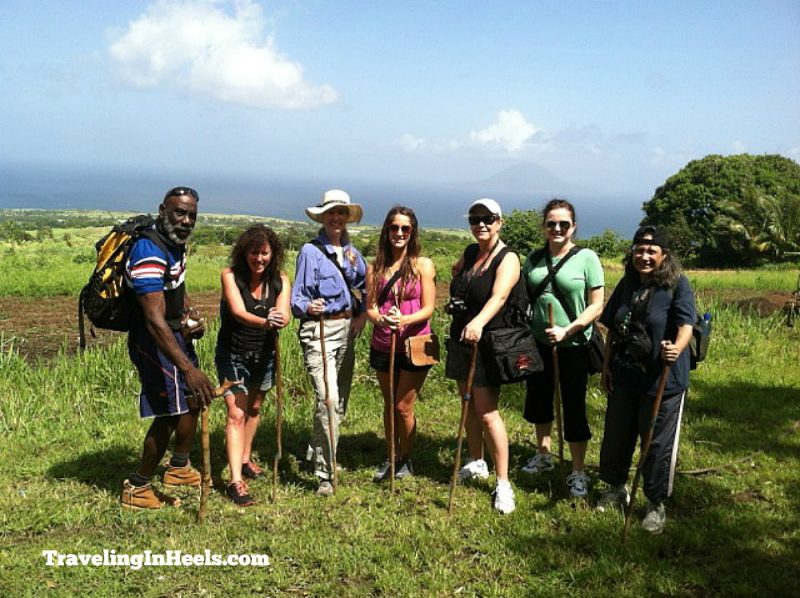
I used to be a runner or at least an occasional jogger, but since those younger days, my knees just aren’t what they used to be. Yet I still enjoy getting out there for a long walk or a more adventurous hike. Hiking is fun, and walking is a low impact sport.
Before you jump on the hiking bandwagon, it’s important to do your homework, starting with these hiking trail safety tips. Also, as a beginner make sure you are well informed on how to prepare, pack, and choose your gear by following a thorough guide for beginner backpackers and hikers.”
Hiking Trail Safety Tips
Table of Contents
1. Do your research before hiking the trails and plan your hike.
Hiking begins before you set your foot on the trail. Study your maps before you even begin the trip. Have a good idea of where you’d like to hike, and how much time you should allow for your hike. Highlight your planned route.
Even if you are only planning a day hike, look for and mark potential campsites, water stops (more than one!), and major road intersections. On a backpacking trip, plan where you’ll be camping each night as well as the section of trail you’ll be hiking each day, in case you need to be pinpointed for an evacuation.
Remember, when traveling with a group (such as I did when hiking the volcano in St. Kitts), you are only as fast as the slowest hiker. In addition, a good rule of thumb for mountain hiking: every 1,000 feet of elevation hiked adds an additional hour of hiking time.
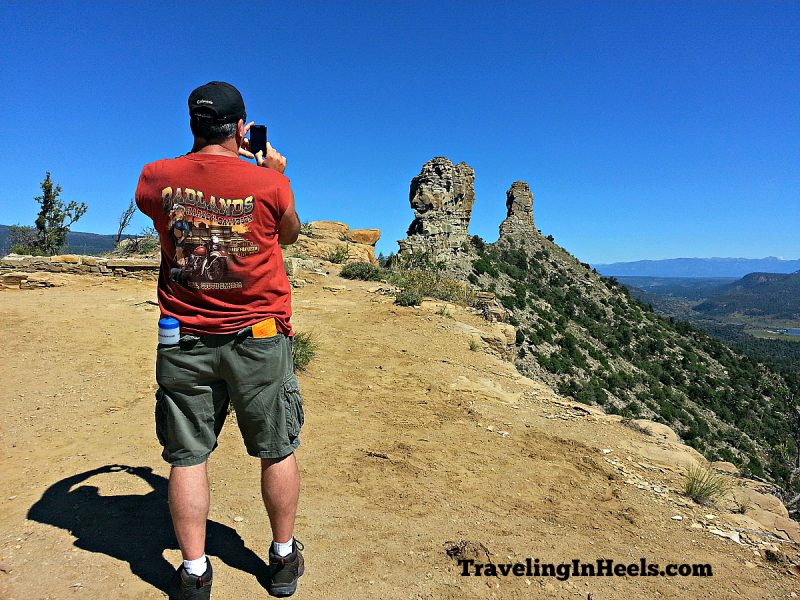
2. When hiking, pay attention to the weather.
Weather at the base of a mountain and even 2,000 feet up in elevation can be vastly different – ranging from sun to major snowstorm. Monitor the weather right up to the moment that you begin your hike. Rain gear, especially on an all-day, multi-elevation hike like the guided tour of Chimney Rock National Monument in Pagosa Springs, Colorado, is highly recommended as wet clothes can cause hypothermia even with temperatures in the 50s.
3. Pack water and snacks.
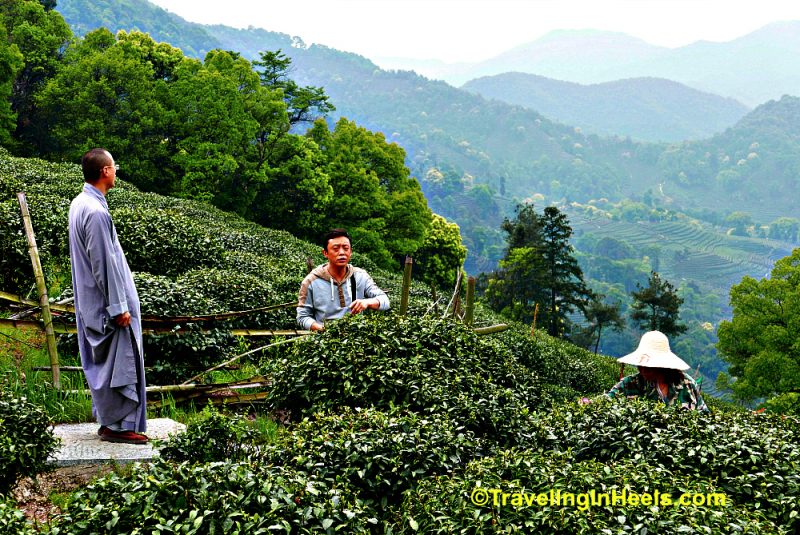
Pack plenty of water in a sturdy backpack. As mentioned above, know the location of more than one place where water refills are possible. Snacks are as important as water to keep your system nourished. Many hikers will tell the story of packing extra snacks and needed them due to delays. The heat of the April afternoon on a hike last year in China across the hills of Longjing made me thankful for the extra water that I had packed.
4. Upon arrival at the park, familiarize yourself with the area.
You’ve already pre-planned your hike, but upon arrival, familiarize yourself with the area. Has anything changed? Are there trail closures requiring a change in your planned route?
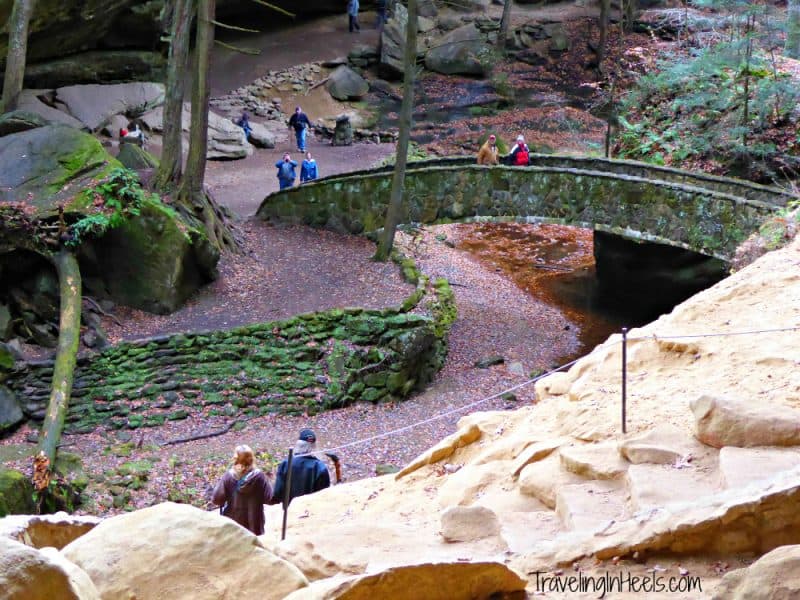
5. Be Safe. When Possible, Stay on Marked Trails!
Leave your planned route with a family member or friend who is not hiking with you. Even if you are a seasoned hiker, check-in with the park ranger and say hello. Let the ranger know of your planned route, and ask if there is any reason to change your hike, or if there are any unexpected dangers (animals, high fire warning, flash flood warnings, etc). Usually, it’s best to stay on marked trails as any deviation can inhibit a rescue team from finding you.
6. Make Safety your priority.
Let people know where you’ll be hiking and when you expect to be back. Give them a copy of your planned hiking itinerary. This is important whether you are going on a day hike at a nearby park, such as the amazing Old Man’s Cave hike at Hocking Hills State Park, or on a multi-day hike. The best insurance is a written reminder with all your information left behind with someone who is not going and who is expecting you back or to check in by a certain time.
Hiking Trail Safety Tips for State or National Parks
Hocking Hills State Park Naturalist, Pat Quackenbush, offers these trail safety tips for any time your hiking adventures take you to state or national parks.
Since regular exercise has some worthwhile health benefits, why not get out there and hike? And make the experience more fun by including a hike on your next vacation.
